
Your local heliotherapist. Father & Husband. Driven by Obsession & Circadian Biology. Building @2ampod.
32 subscribers
How to get URL link on X (Twitter) App


 Cue the following bit of research
Cue the following bit of research 
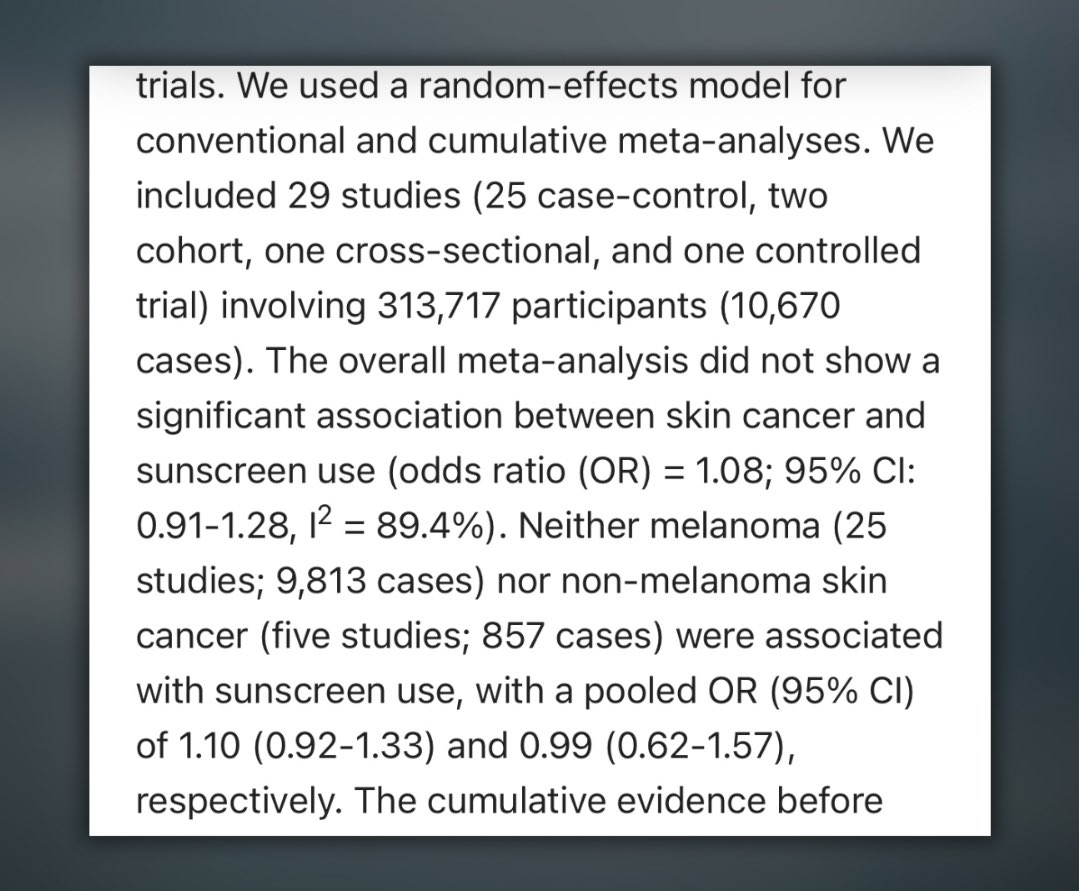



 Hormonal and neuroendocrine mediators play a key role here as well
Hormonal and neuroendocrine mediators play a key role here as well
 The skin is a highly dynamic circadian organ, with its layers (epidermis, dermis, and hypodermis) each possessing peripheral clocks that interact with the body’s central clock located in the suprachiasmatic nucleus (SCN) of the hypothalamus
The skin is a highly dynamic circadian organ, with its layers (epidermis, dermis, and hypodermis) each possessing peripheral clocks that interact with the body’s central clock located in the suprachiasmatic nucleus (SCN) of the hypothalamus

 This is the most misunderstood image in the health space when it comes to photoaging and skin cancer
This is the most misunderstood image in the health space when it comes to photoaging and skin cancer

 Virtually all major anti-cancer processes are either directly or indirectly controlled by circadian biology
Virtually all major anti-cancer processes are either directly or indirectly controlled by circadian biology
 We begin with the basics
We begin with the basics

 Centralized dermatology oversimplifies the sun-cancer connection while ignoring other major factors like isolated blue light, circadian disruption of the skin, the difference between isolated UV versus UV in the full spectrum, Vitamin D deficiency, and more
Centralized dermatology oversimplifies the sun-cancer connection while ignoring other major factors like isolated blue light, circadian disruption of the skin, the difference between isolated UV versus UV in the full spectrum, Vitamin D deficiency, and more
 Research linking UV light to skin cancer is flawed due to poor study design, relying on isolated UV in nocturnal animals or cell cultures instead of full-spectrum sunlight on humans
Research linking UV light to skin cancer is flawed due to poor study design, relying on isolated UV in nocturnal animals or cell cultures instead of full-spectrum sunlight on humans
 “Why should I go outside during winter or when it’s cloudy, there’s no sunlight!”
“Why should I go outside during winter or when it’s cloudy, there’s no sunlight!”
 Let’s begin from first principles
Let’s begin from first principles 
 Nutrition & Physical Degeneration by Weston A. Price is a must read for parents
Nutrition & Physical Degeneration by Weston A. Price is a must read for parents
 The circadian types love to speak about the importance of watching sunrise, but we need to go deeper
The circadian types love to speak about the importance of watching sunrise, but we need to go deeper

 Let me remind you that melanin has been conserved for hundreds of millions of years
Let me remind you that melanin has been conserved for hundreds of millions of years

 The following pictures showcase the lost faces of history, highlighting the raw, regenerative power of full-spectrum sunlight on the skin barrier
The following pictures showcase the lost faces of history, highlighting the raw, regenerative power of full-spectrum sunlight on the skin barrier

 Ultraviolet (UV) Light
Ultraviolet (UV) Light

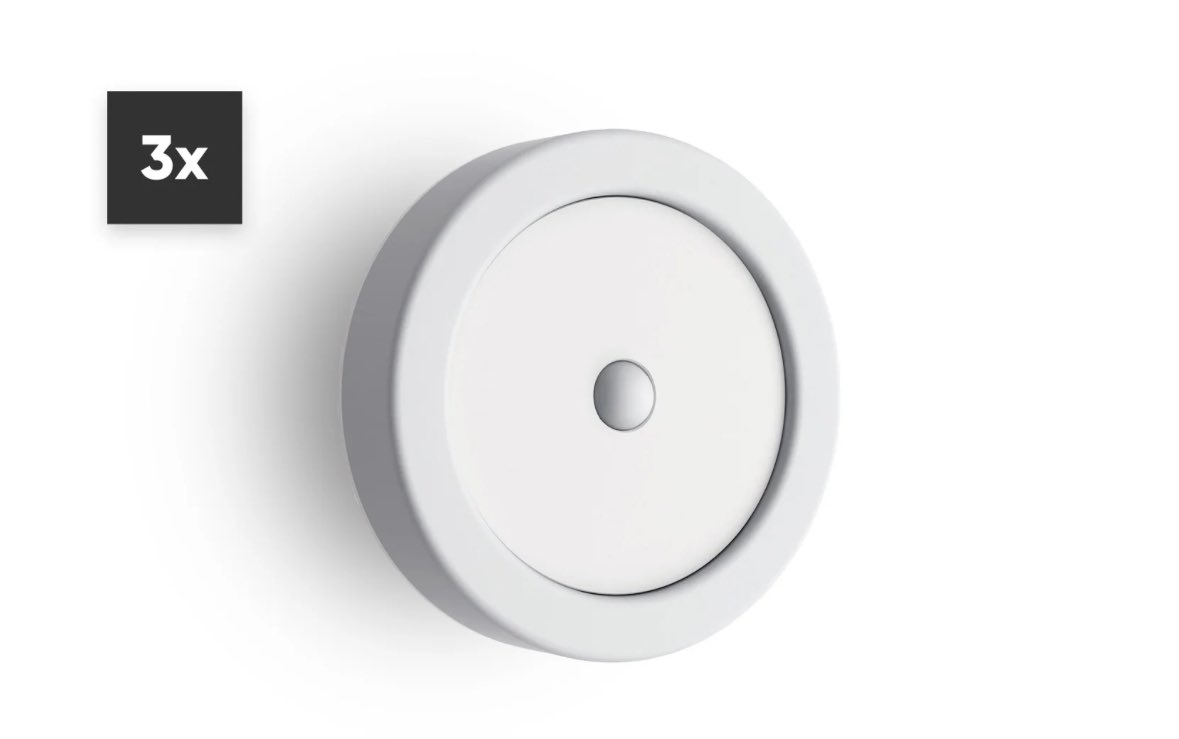



 Found their IG. About to DM them. Will keep all of you updated
Found their IG. About to DM them. Will keep all of you updated 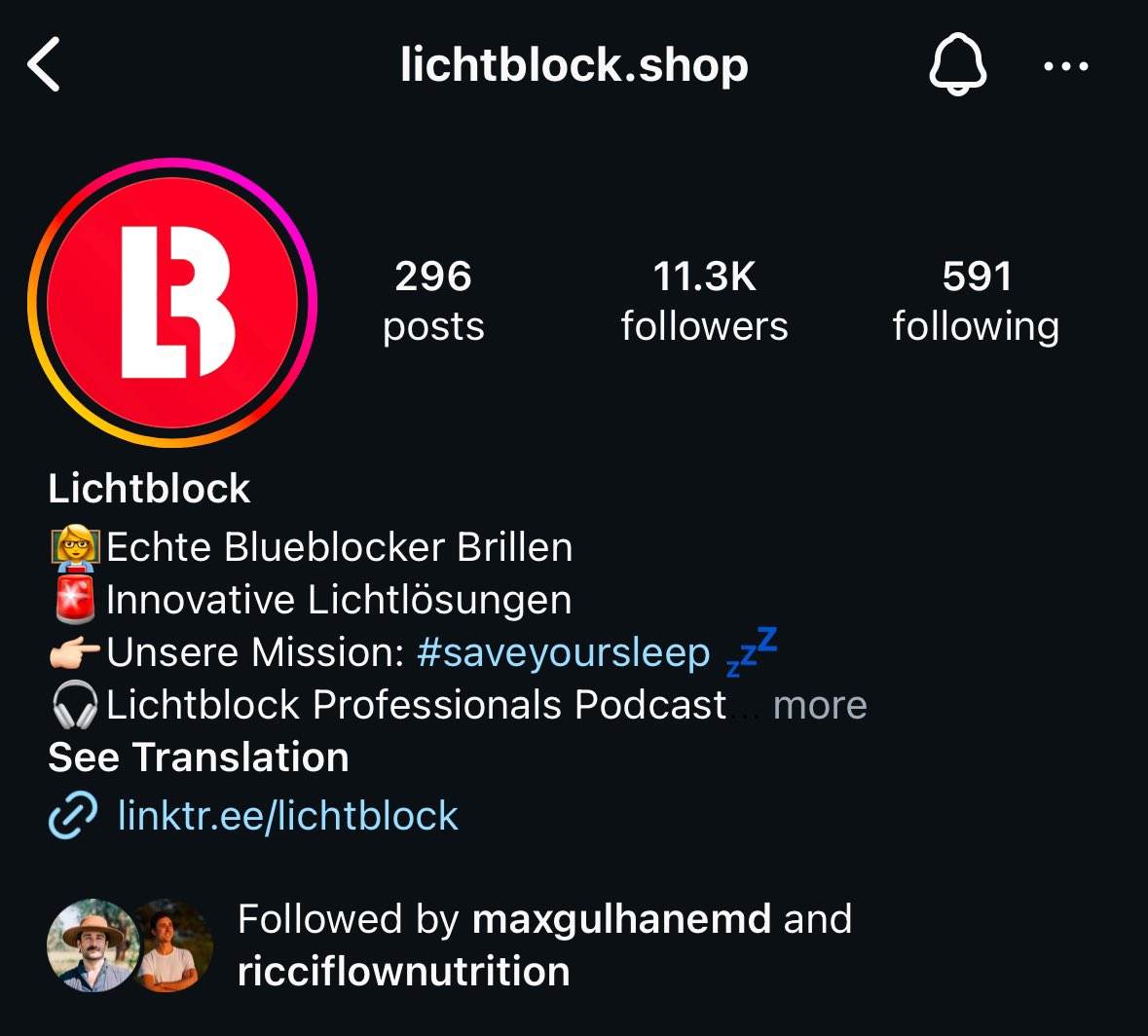

 If you’d like to understand my position on sunglasses and why they’re problematic for human health from a circadian standpoint look, study the thread below
If you’d like to understand my position on sunglasses and why they’re problematic for human health from a circadian standpoint look, study the thread below https://twitter.com/zaidkdahhaj/status/1725187110020489564
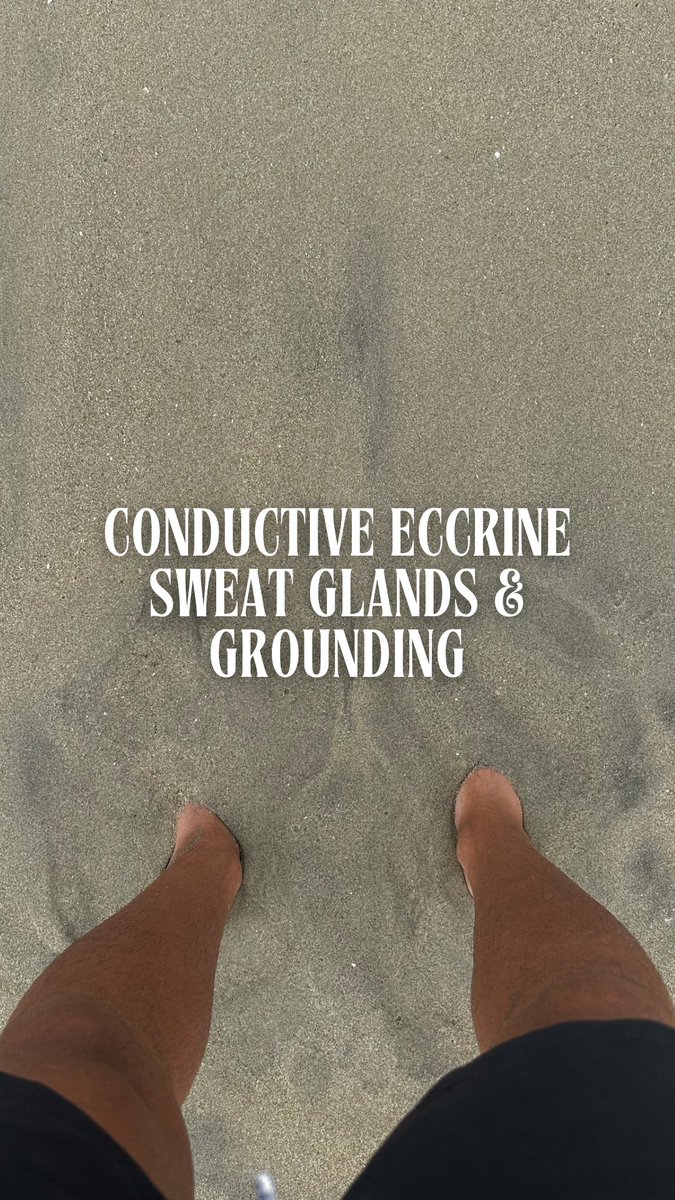

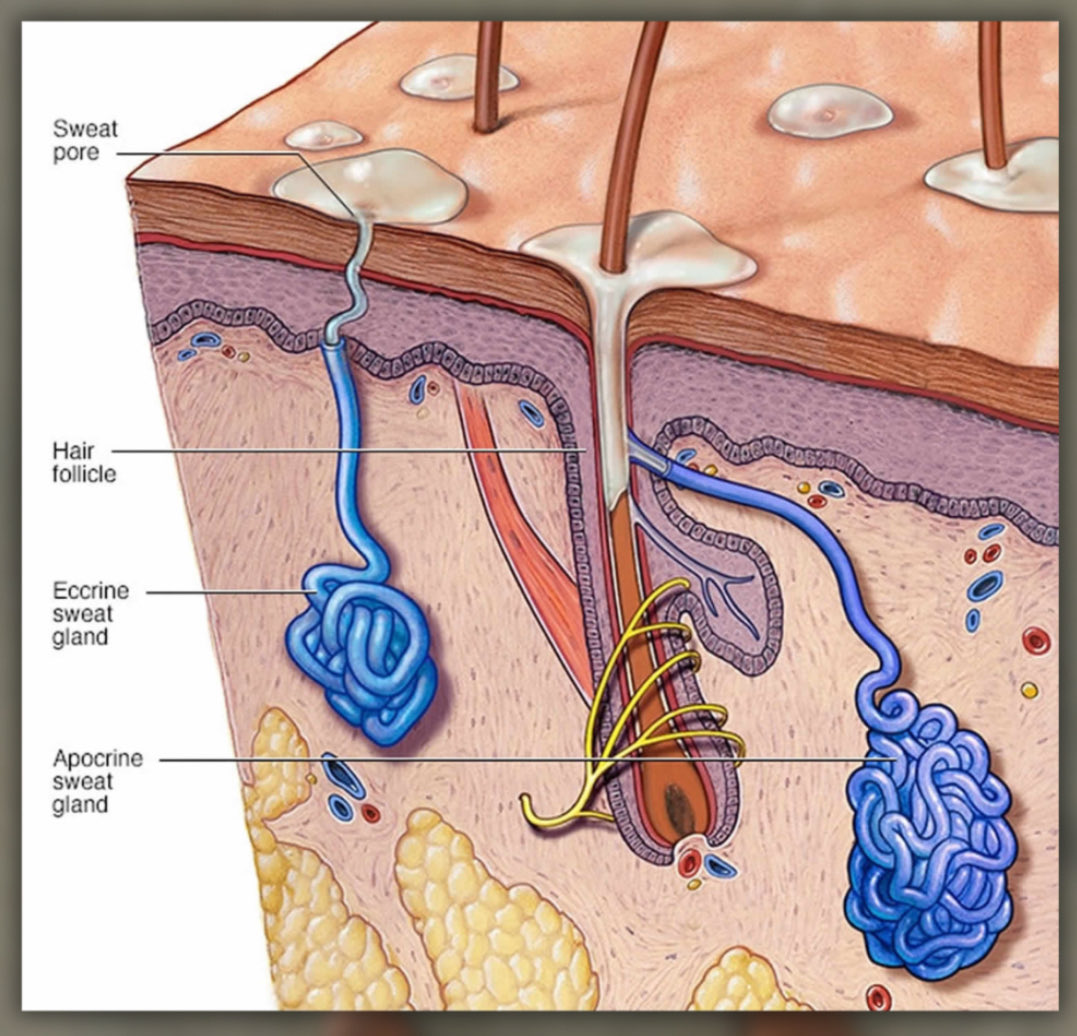 Yes, human sweat glands are conductive due to the electrolytes (sodium, potassium, chloride) in sweat
Yes, human sweat glands are conductive due to the electrolytes (sodium, potassium, chloride) in sweat



 I’ll begin by saying that every pillar of health must be in order to PREVENT cancer
I’ll begin by saying that every pillar of health must be in order to PREVENT cancer